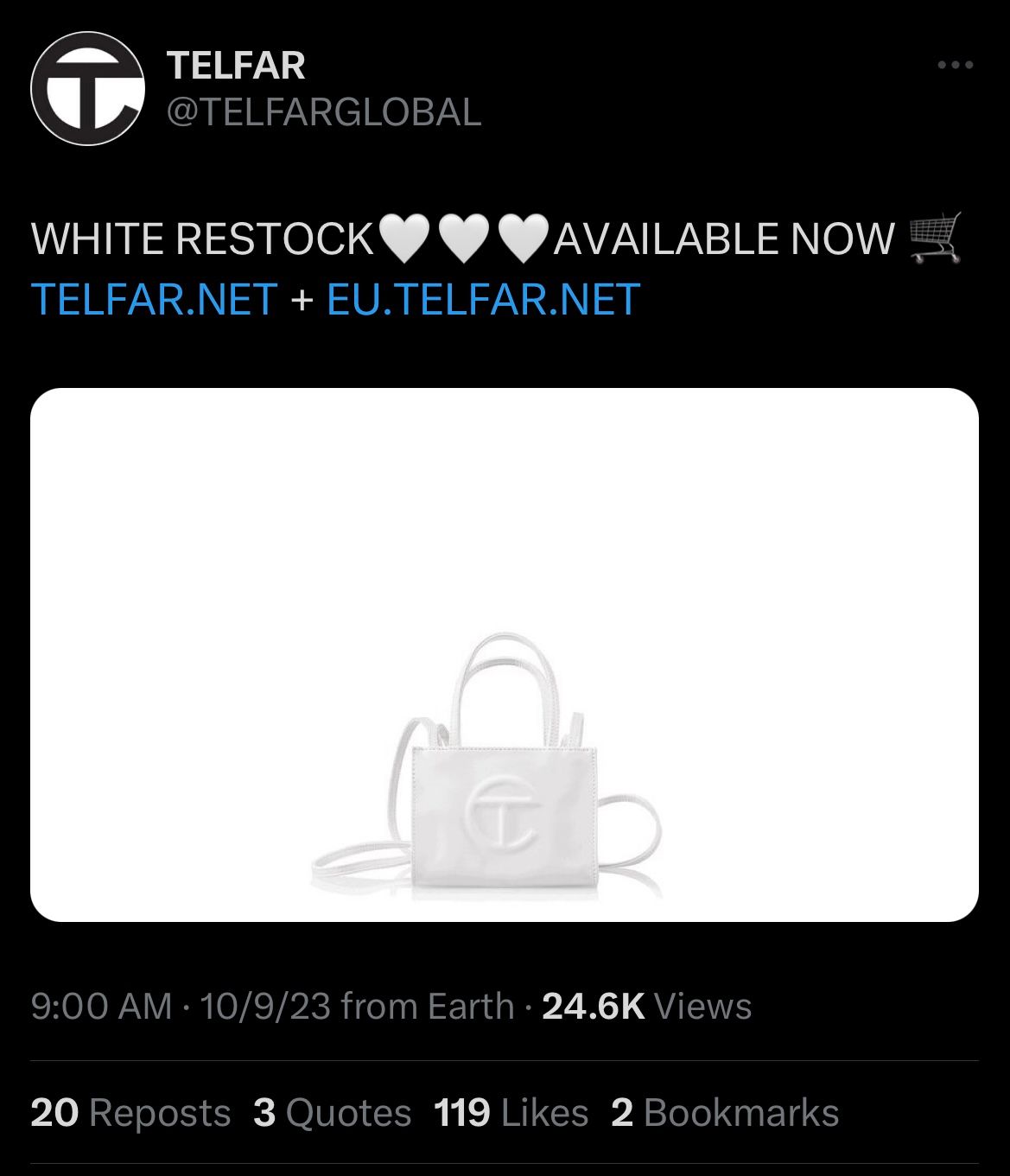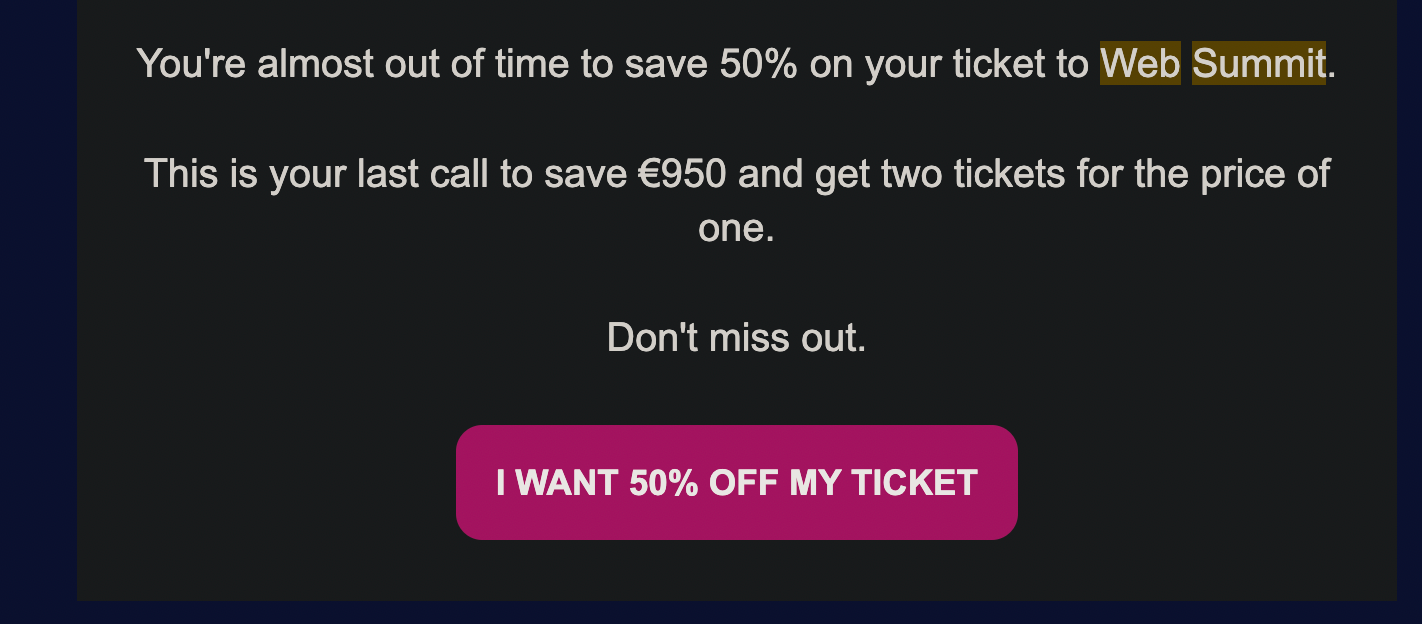The thrills and ills of B2B scarcity marketing

The Evolutionary Significance of Scarcity and Urgency in Consumer Decision-Making
Understanding how the human brain reacts to perceived scarcity and urgency has become key to steering consumers’ choices and actions. For ages, marketers have tried to harness the power of these psychological triggers, and the most successful campaigns have done a top-notch job of it.
In this deep dive, we’ll explore the evolutionary basis of the human brain’s response to scarcity and urgency, the fear of missing out (FOMO), real-world examples of effective strategies, potential pitfalls, and considerations for B2B companies looking to learn more about scarcity marketing.
The evolutionary basis: why our brains respond to scarcity and urgency
Scarcity acts as a potent catalyst that affects our perceptions of worth, our choices, and our spending habits—often subconsciously. This is because scarcity is deeply embedded in our instinctual blueprint. Our minds are wired to address scarcity by seeking out vital necessities like food, water, and secure living conditions. We place immense value on these essentials and strategize our actions to maximize our probability of acquiring them.
Interestingly, the same psychological mechanism is activated when a scarce item is critical for survival, like water, and when it’s not, like a fancy designer handbag. The scarcity instinct is sparked whenever an item is perceived to be limited availability or subject to any form of limitation. The nature of that ‘item’ is irrelevant. Its scarcity is what makes us desire it. This instinct fuels what’s known as FOMO—the fear of missing out, and marketers tap into FOMO by creating perceived scarcity and time pressure.
Studies have shown that social media platforms play a significant role in triggering FOMO and influencing consumer behavior. For example, 68% of millennials have admitted to making impulse purchase decisions within hours after seeing another person’s travel experiences on social media. The desire to be part of the experience and not miss out on the perceived benefits drives impulsive buying behavior.
Scarcity works so well in marketing because it triggers this evolutionary drive. It inspires people to take immediate action by purchasing right away. The fear of not being able to obtain something that seems in limited supply—coupled with a real or manufactured time limit—is a powerful motivator.
Real-world examples: how brands are leveraging scarcity in marketing
Booking.com, the largest online travel agency in the world, effectively uses scarcity marketing to drive hotel bookings. When you search for accommodation on their platform, you’ll often see notifications like “Only 2 rooms left at this price” or “Limited supply in Rome for your dates”. These messages are designed to capitalize on FOMO—namely the idea that accommodation is one of the most important aspects of any holiday or vacation, so if you let someone else scoop up your reservation for the perfect hotel, your trip may not be as successful as it could’ve been.

But the platform doesn’t stop there—Booking.com will often sweeten the deal even more by emphasizing “free cancellation” or “no prepayment needed” tags when allowed by the properties. It’s one thing to see that there are only 2 rooms left at a hotel, but if a customer is given the option to cancel at a later time and they don’t need to pay upfront, they’ll be much more likely to just book ASAP to avoid missing out and then make a firm decision later.
Another notable real-world example is Telfar, a fashion brand that gained popularity by creating limited-edition products with high demand and low supply. To be fair, Telfar has gained a major following thanks to the support of some notable celebrities. But the brand has ridden that influencer-fueled popularity wave with the help of scarcity tactics.
It’s not uncommon to visit the Telfar website and see that the majority of their stylish shopping bags are sold out on any given day. The perpetual lack of stock, combined with the sight of peers and celebrities rocking the bags on social media timelines feeds into a notion of exclusivity and, eventually, FOMO.
Telfar then uses this FOMO to its advantage by announcing merchandise drops on its social channels—sometimes a few days ahead of time, but often randomly. Now there’s excitement and hope over another chance to get the latest products—along with a sense of urgency (if you’re not quick enough, you’ll miss out again).

When it’s time to buy, giddy potential customers rush to the website and check out as soon as humanly possible. This typically results in the products selling out within minutes. Telfar is also well aware of its reputation, having shared memes in the past made by customers joking about the brand’s limited supply.
Whether or not the company is truly struggling with providing supply is irrelevant, though—scarcity marketing works for Telfar because customers have come to expect it and have accepted the company as a luxury, exclusive brand.
Potential pitfalls: the ugly side of scarcity tactics
While scarcity and urgency can be powerful tools in marketing, overuse or unethical implementation can lead to consumer backlash. For example, Ticketmaster, the leading ticketing platform in the live events industry, thrives off of FOMO, but it has faced criticism for years for its somewhat exploitative qualities.
With the company’s monopoly on primary ticketing, Ticketmaster can charge fans as much as it wants in ticket fees. For example, a fan of The Cure bought 4 tickets priced at $20 each but wound up paying over $90 in fees for all the tickets, bringing the total to $172.
Another ploy called “dynamic pricing” makes tickets more expensive depending on the volume of fans seeking tickets at a time. As a result, a fan could buy a ticket when they’re first released at, for example, $995, come back three months later, and see that ticket in the same section and same row going for $595. Of course, fans could wait for the price to come down, but that’s not guaranteed, especially when aggressive resellers are thrown into the mix. If demand continues up, fans could find themselves paying over 10x that original amount—just ask the Dad who spent $21K on last-minute Taylor Swift tickets.
Dynamic pricing at its core is good old-fashioned supply and demand, but Ticketmaster’s customers are still understandably frustrated at the company using the panic and excitement that ensues as soon as tickets are released to make more money.
Although Ticketmaster has agreed to be more transparent with fees going forward, with a monopoly on the industry, the company still has the power to use exploitative scarcity tactics to its customers’ disadvantage.
But most businesses aren’t in the same position—and that’s likely a good thing. Ethical considerations are crucial when leveraging scarcity and urgency in business if you want to maintain lasting, amicable relationships with your customers. This is especially true for B2B companies that are often account-based and can only grow because of long-standing relationships.
Scarcity marketing in B2B
In the world of B2B marketing, scarcity often relates to limited-time offers, exclusive features, or specialized services. Let’s look at two real-world examples:
First up is Alibaba, one of the world’s largest online B2B marketplaces. Sellers on Alibaba often host flash sales on hot items, usually with a minimum order requirement. This scarcity tactic not only entices customers to buy so that they can lock in a good deal for their own businesses, but it keeps them coming back to the platform and to the same sellers every week.

You could also consider the approach of B2B events and conference organizers. They often offer “early bird” tickets or VIP passes in limited quantities which creates a sense of exclusivity and urgency. Businesses rush to secure their spots to benefit from the additional networking opportunities, exclusive content, or just the cost-saving advantage of registering early.
This rush of early registration also helps the organizers secure initial event funding and builds momentum in the lead-up to the event. For example, the organization that hosts Web Summit, an annual technology conference in Portugal, often offers two tickets for the price of one several months before the event to secure more attendees.

Should you use scarcity marketing in B2B?
B2B buyers are typically more rational and process-driven in their purchasing decisions because their decisions often require higher levels of scrutiny and longer sales cycles. This doesn’t mean that scarcity can’t be a useful tactic—yes, use scarcity in B2B marketing, but use it with discretion.
Relationships in B2B are built on trust and long-term engagement. If scarcity is perceived as a mere sales tactic with no real benefit for customers, it could backfire, costing you both sales and your credibility.
B2B scarcity marketing should be used sparingly and in conjunction with a broader, value-driven marketing strategy. When done right, it can be a powerful part of your marketing mix, but it should always be backed by the integrity and value that B2B customers expect and respect.
